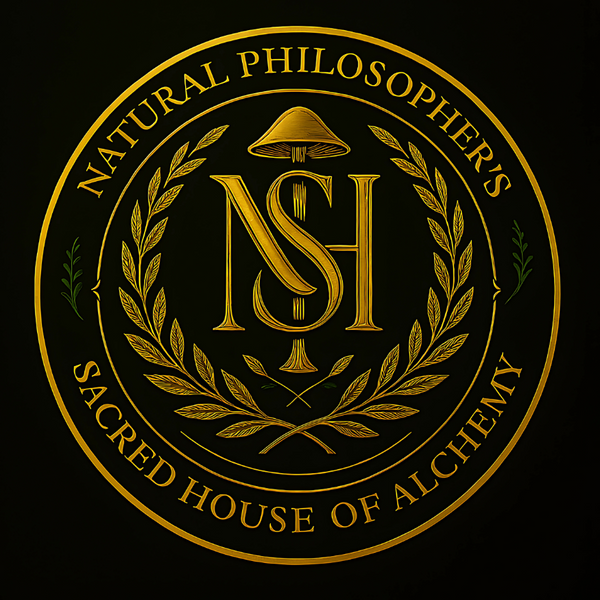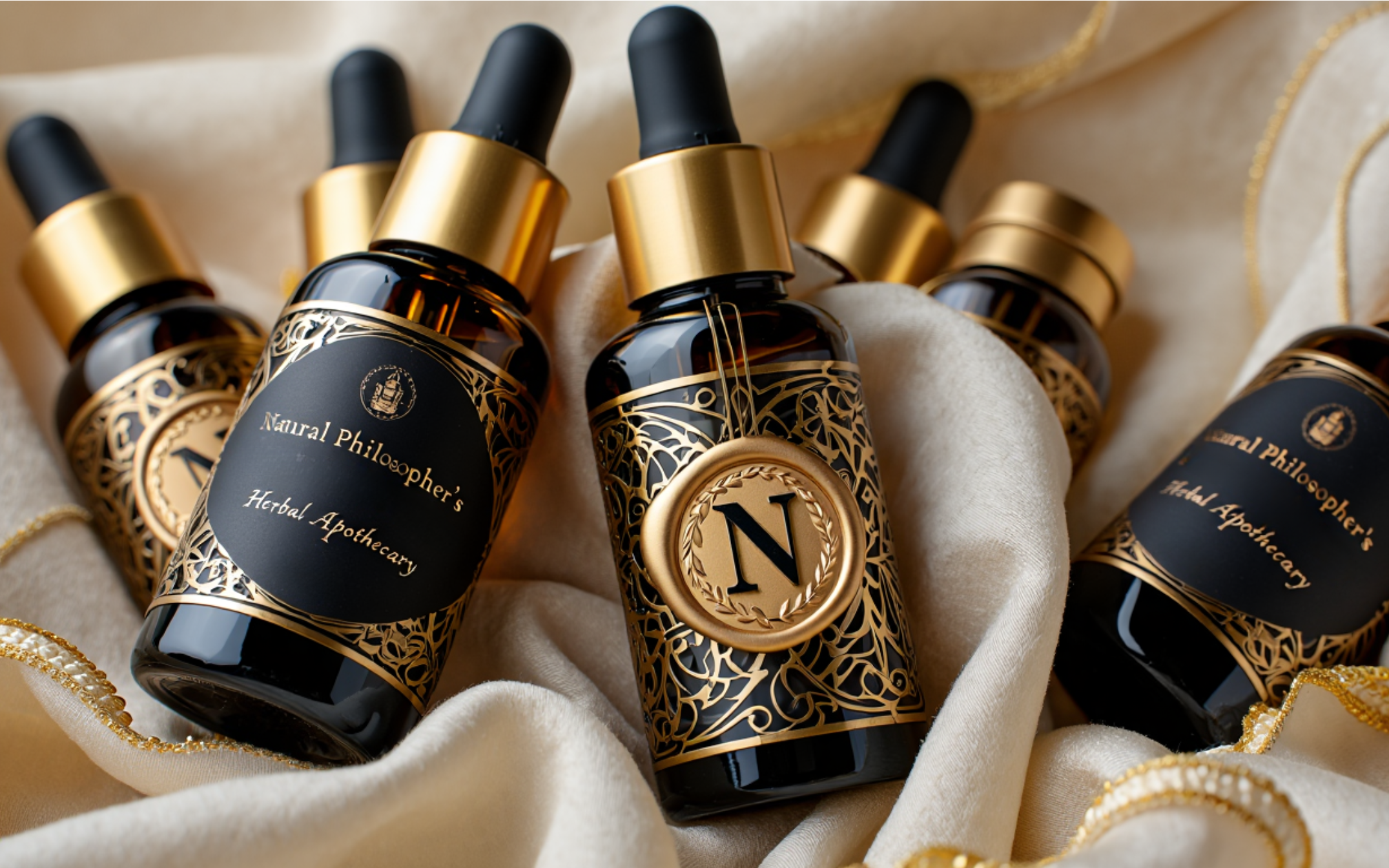The night I suffered my stroke changed everything. What unfolded after was not merely healing of the body, but a delicate weaving of soul and spirit—threaded with shadows of fear, whispers of grief, and the fierce light of hope rekindled.
The journey that followed was a dance between fragility and strength, despair and discovery—a path that led not only to recovery but to the birth of Natural Philosopher.
It was a warm night in June 2016. I was eight weeks pregnant, carrying life while just trying to live mine. My two eldest kids were in Montreal with family, and my husband was spending the night at his mother’s. So it was just me and my 18-month-old daughter.
I remember feeling... off. Not sick, but just not myself. My daughter, who usually slept in her crib, insisted on curling up beside me in bed that night. I got up to use the washroom a few times—nothing unusual for early pregnancy. But that third or fourth time, when I returned to bed, something happened that would change everything.
I felt dizzy. At first, I brushed it off. Maybe I got up too fast? But the dizziness didn't fade—it grew. I started feeling like the room was moving around me, like I was spinning even though I wasn’t. My eyes felt like they were turning with the room, and soon after, my fingers and toes went numb. The numbness crawled up my right arm and my left leg.
I began wiggling my fingers and toes, trying to shake it off. Tried blinking, trying to will it all away. But then came a pressure—like something was physically holding me down. I couldn’t get up. That’s when I knew. This wasn’t exhaustion. This wasn’t pregnancy. This was something far more serious.
And all I could think was: What happens to my daughter if I don’t wake up?
I thought about calling 911, but I hesitated—not out of fear for myself, but because my daughter, at that time, couldn’t handle being with strangers. The thought of her waking up alone, scared, and surrounded by unfamiliar faces was unbearable to me. I needed someone who knew her. I needed to make sure someone would find her.
With all the strength I had left, I rolled myself off the bed. I couldn’t see. Everything was black. But somehow I was able to sit in the stairs like a toddler down the first flight of stairs. Thankfully I knew my way through the living room and I reached the kitchen counter where the home phone was.
I couldn’t see the numbers, but I knew the layout of the keypad. I dialed my mother-in-law. It was approximately 5:30 or 6 a.m.
“Something is wrong,” I said. “Please come. Now.”
After hanging up, I felt the wave hit—nausea, exhaustion, dizziness. I also felt like I was going to collapse. But even through that, my mind flashed to one last detail: the front door was locked. Knowing him I knew he would arrived in a panic and would most likely forget his keys to open the door and have to break it down. So I dragged myself to the next set of stairs. Step by step, I made it down and unlocked the door.
By the time I got back up to the main floor, that was it. I had nothing left.
I collapsed on the kitchen floor. In that moment, I felt at peace. I had done what I could. Someone would find my daughter. I felt myself slipping away.
Despite all odds, I felt the softest little nudge. Our kitten, Finesse—just a few days old in our home—curled up next to me and started licking my hand. Her presence, that gentle connection, kept me grounded. Kept me here.
Minutes later, my mother-in-law and husband arrived and rushed me to the hospital.











